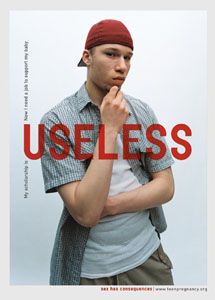NARRATIVE & STRUCTURE
During
our sixth ITAP lecture we covered the areas of Narrative and Structure.
Animation and film were used as an example of this. However, I would like to
explore this subject further and examine it in depth from the perspective of a photographer.
Two principles I have chosen to write about are ‘Developing Stories’ and ‘Developing
Characters’.
Developing
Stories
Story
is a set of events and a simple way to deliver a message across. Narrative is
very important in photography as it helps to create a powerful image. The concept
of telling a story can be about everything, personal, emotional or a physical
journey. Each photographer has different values, observations and experiences
in life, therefore the interpretations and essence of the same subject would be
various from each perspective. Creators try to convey their own, individual and
unique understanding of the image and connect with the audience. Meaningful
pieces of art/photograph enable us to open the door to our imagination which
allows the image tells us its story and engage and stimulate the hearts and
minds of the recipient. Importance of the message can be in metaphorical,
abstraction, documentary form and any other form created in our mind. It is not
necessary to create a set of photographs or collage to tell a story. In
photography it is possible to achieve this within one frame. In portraiture
getting close to the person gives a more intimate view and makes the message
more powerful. As an example I have attached photographs of the same person
taken many years apart by Steve McCurry. It is the first image I have ever seen
taken by this photographer and it inspired my passion towards this documentary.
Before
taking the photo each photographer should ask themselves questions:
-Who
is it for?
-What
is my purpose or intention?
-What
emotions do I want to capture?
-What
is my message?
-How
do I want to approach the composition?
-How
do i achieve it technically and visually?
Developing
Character
There
are clear rules and definition of how to develop characters within a movie, it
is either the ‘Hero’ or ‘Villain’. Unfortunately or fortunately we cannot apply
the same rules in photography. However in both cases it is vital that characters
show emotions which can relate to the viewer. When taking photographs they need
to capture the emotional moment of the character. This will result in an
emotional response from the audience who empathises with emotion. The aspects
worth taking into consideration when developing our character are body
language, facial expression, activity, location, background, people within the
composition etc.
 |
| Dorothea Lange |
 |
| Dorothea Lange |
Image
source













